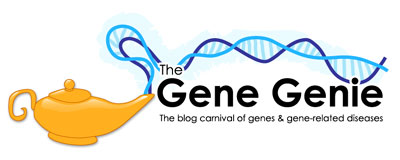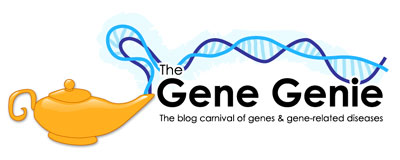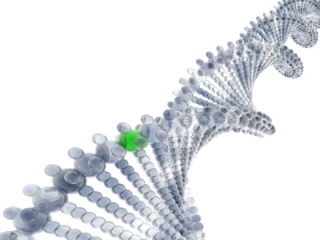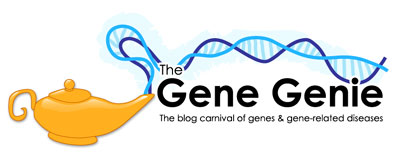One of the steps in analyzing the results of a Y-DNA test is to search through Y-DNA databases to look for potential matches. These matches, depending on how well they match, might be relatives, either close or distant (in recent genealogical terms – we’re all distantly related, of course).
One of those databases is YHRD (Y-STR haplotype reference database). The project has two main goals:
- The generation of reliable Y-STR haplotype frequency estimates for minimal and extended Y-STR haplotypes to be used in the quantitative assessment of matches in forensic and genealogical casework, and;
- The assessment of male population stratification among world-wide populations as far as reflected by Y-STR haplotype frequency distributions
According to the YHRD website:
“To this end, a growing number of diagnostic and research laboratories have joined in a collaborative effort to collect population data and to create a sufficiently large reference database. All institutions contributing in this project, participated in an obligate quality control exercise.
“This database is interactive and allows the user the search for Y-STR haplotypes in various formats and within specified metapopulations. Related information i.e. STR characteristics, mutations, population genetic analyses etc. is documented.”





